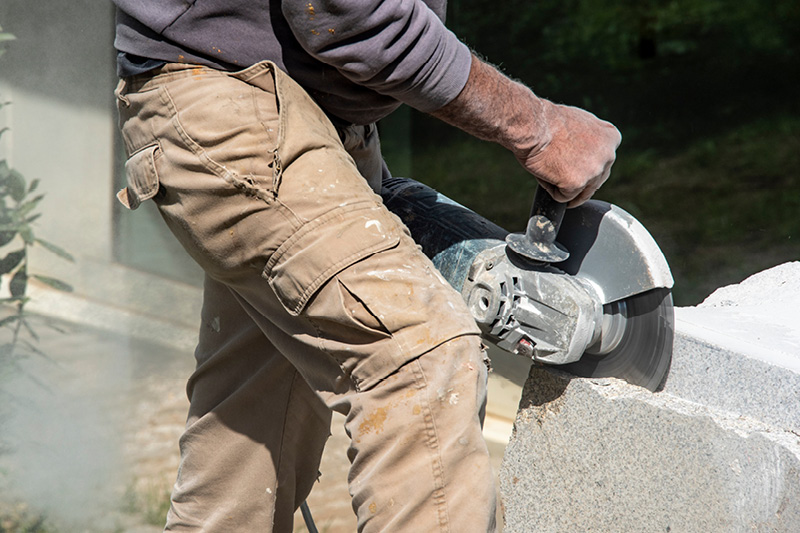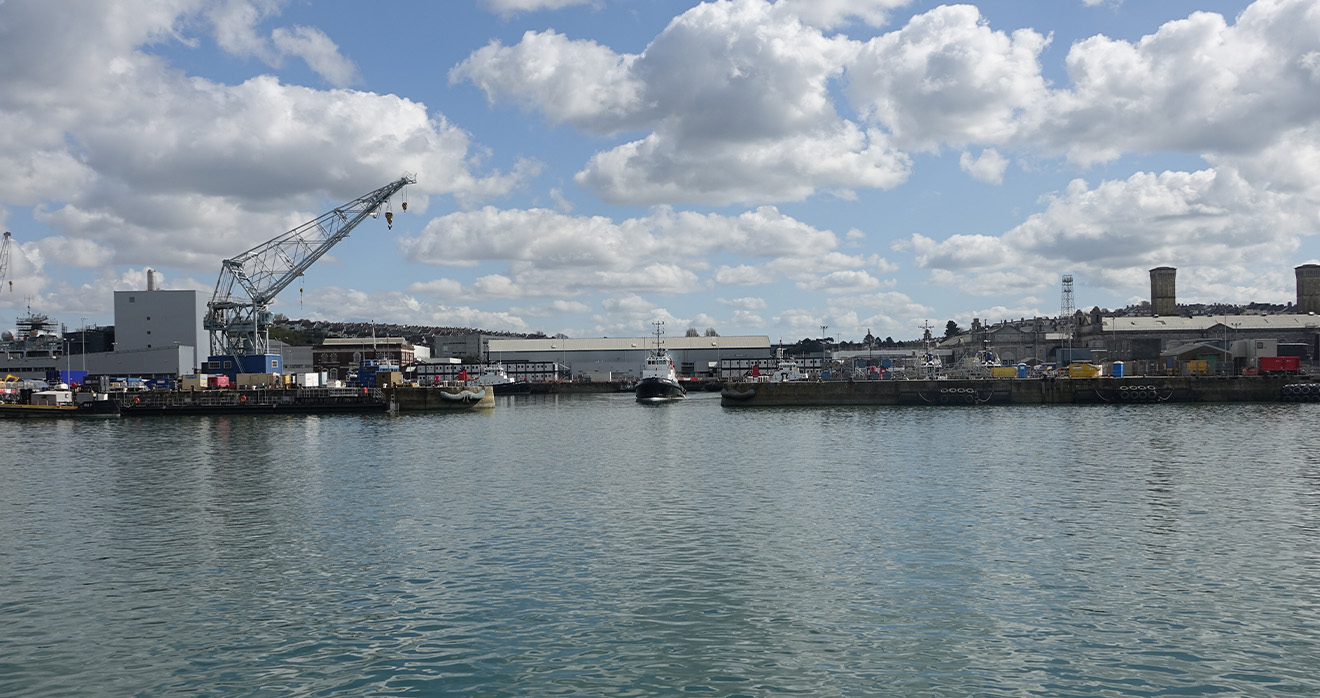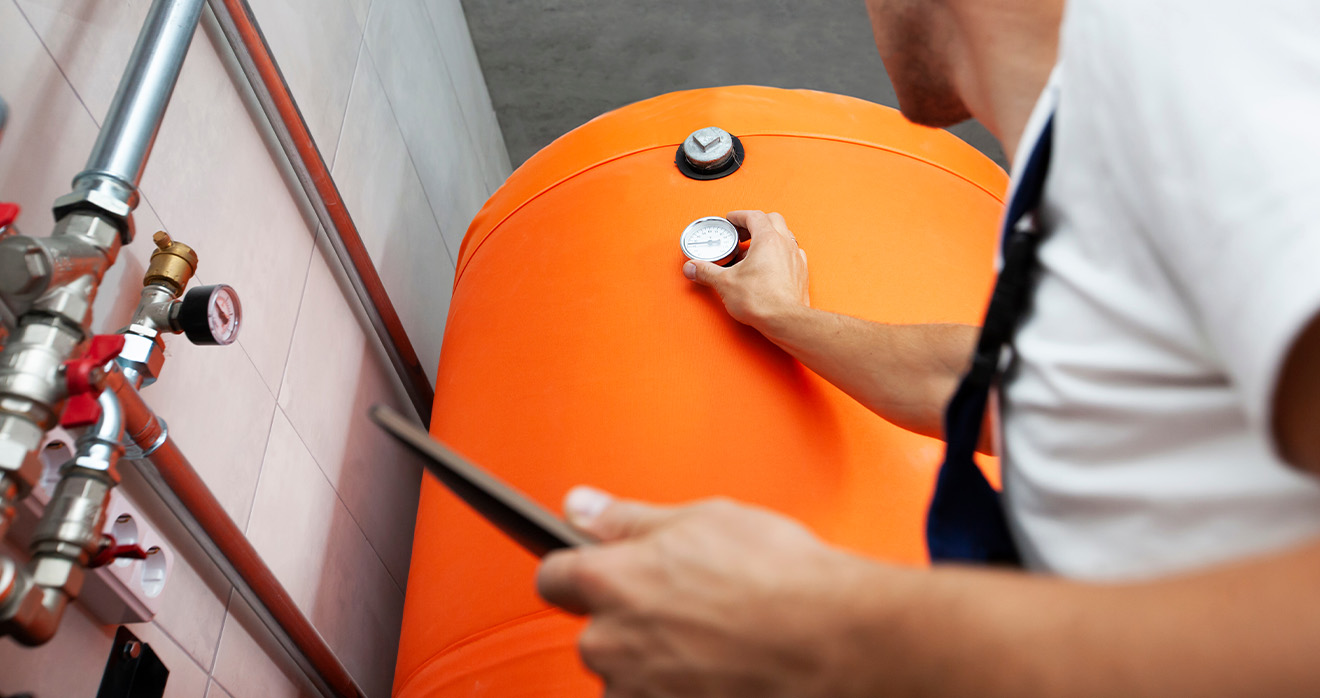Silicosis: A new wave of respiratory disease caused by engineered stone

Silicosis is not a new industrial disease. Its history dates back to at least 1700 when Dr Bernardino Ramazzini, considered to be the founder of occupational medicine, identified evidence of the disease in stone cutters. However, in the last few years in this country, despite all the health and safety regulations in place, we have started to see a new wave of young patients being diagnosed with silicosis. The rise seems to be linked to engineered stone and has led some to question whether silicosis is the new asbestosis.
What is silicosis?
Silicosis is a lung disease caused by the inhalation of Respirable Crystalline Silica or ‘RCS’. It is a fine, dense and rough dust which cannot be expelled from the lungs. It therefore accumulates over time causing inflammation and scarring (fibrosis) in the lungs. Eventually, if enough RCS is inhaled, it prevents the lungs from working properly, causing the person to experience coughing and breathlessness, which gets worse over time. The condition is not curable and usually leads to respiratory failure, and eventually death.
What occupations are at risk?
RCS is commonly found in quartz, a mineral which is present in natural stone and rock, brinks, sand, cement and clay. Silica dust becomes airborne when such materials containing RCS are cut, drilled, sanded, polished or otherwise disturbed. The HSE have identified several industries where RCS exposure is common, including:
- brick and cement manufacturing
- mining and quarrying
- stone masonry
- construction
- pottery and ceramics
- engineered stone manufacturing.
Engineered stone – why the concern?
Artificial stone, also known as agglomerated stone, includes engineered stone, sintered stone and terrazzo, and is now being used in kitchen worktops and dining tables. It is thought to be a more cost-effective alternative to natural materials such as marble and granite, which do contain RCS but to a lesser extent. Engineered stone can contain up to 95% RCS meaning that those working with it are at a high risk of exposure to the dust if the correct precautions are not in place.
The HSE has reported a concerning rise in silicosis diagnoses in the last two years which has been linked to a rise in the use of engineered stone. Some kitchen companies have already banned the sale of quartz and engineered stone worktops. In July 2024, Australia became the first country to prohibit the manufacture, supply and use of artificial stone due to an epidemic of silicosis diagnoses, notably amongst young men, leading to it being described as ‘the asbestos of the 2020s.’
What is being done in the UK?
In 2019, an All-Party Parliamentary Group on Respiratory Health began an enquiry into silicosis in construction workers, with a report published in 2020. It referred to an anticipated 600,000 construction workers in the UK being exposed to silica on a daily basis and it was reported that the sources and risks of RCS exposure, and the protective measures needed to prevent workers being exposed, were inadequate. Also of note is the report’s finding that the workplace exposure limit in the UK (0.1mg/m3) is double what is considered to be a ‘safe’ level of exposure in the USA and Australia. Whilst regulations require the use of respiratory PPE and dust suppression systems using water and ventilation for those working with engineered stone, unfortunately, like we saw in the asbestos industry, regulations are often not followed leading to workers being negligently exposed to silica dust.
The tragic reality
Sadly, silica exposure is leading to serious illness in and deaths of young men in this country. On 22 May 2024, Wassam al Jundi died from silicosis at the age of just 28. He worked with engineered stone in the UK for a company who made kitchen countertops. Evidence suggests he worked in very unsafe conditions with exposure to RCS starting in 2016. He was diagnosed with silicosis in 2021. Prior to his inquest, Lydia Brown, Senior Coroner for West London, made a ‘Report to Prevent Future Deaths’ to the HSE under s.28 of the Coroners Investigations Regulations 2013 highlighting her view that if action was not taken there would be a risk of similar deaths.
Another young man, Marek Marzec, originally from Poland but living in London, bravely spoke about his experience of cutting quartz worktops which led to his diagnosis with silicosis at the age of 48 and his premature death on 30 November 2024 from ‘Artificial Stone Silicosis’. He told the media how he moved to the UK hoping for a better life for himself and his young family, only to be left unable to breathe and in terrible pain, caused by his work.
The future
Clearly, unless the HSE and UK government act, there will continue to be a rise in silicosis deaths, many no doubt linked to the engineered stone industry. Sadly, however, given the condition is like asbestosis (a dose-related disease) it is likely that it is already too late for many and that we will no doubt see many more young men being diagnosed with and losing their lives from silicosis over the coming years.
Contact our mesothelioma and asbestos claims specialists today.
Call now



